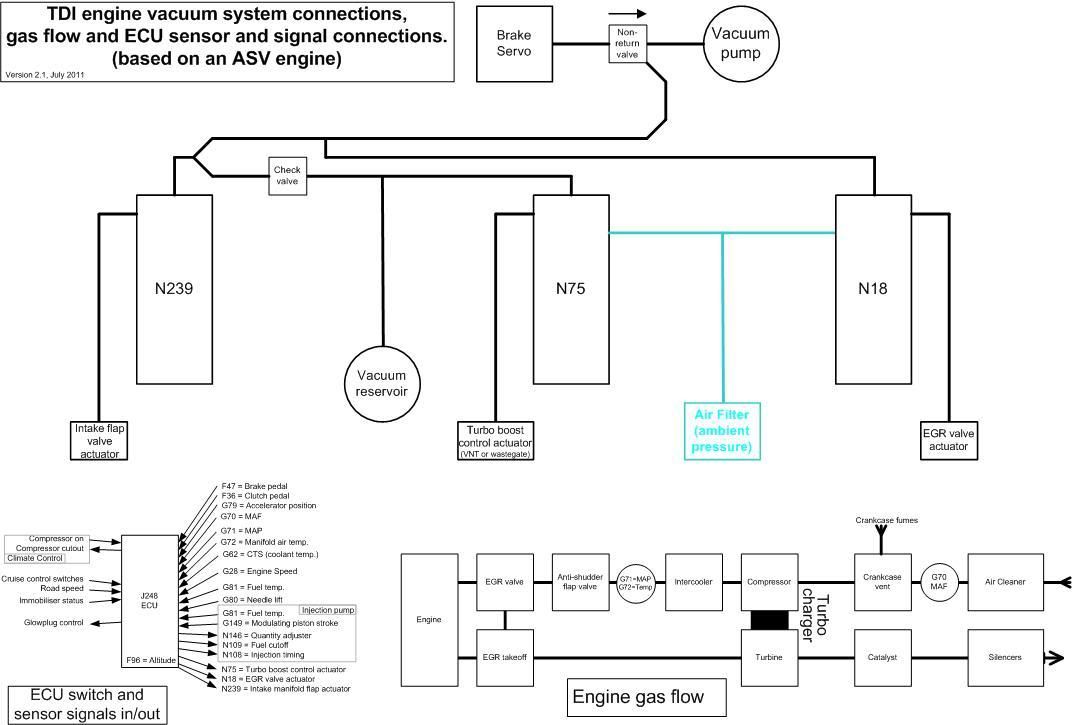Has anyone tried to increase the airflow into the standard intercooler to make it flow better? Im thinking of experimenting with opening up the grill infront of the intercooler on the Tolly
Already put on a good make tuning box and cut the cat out, egr is on the list next and if it ever arrives ive got a airbox that im going to modify to flow better too the change in power on the car from standard is phemominal already
the change in power on the car from standard is phemominal already 
Already put on a good make tuning box and cut the cat out, egr is on the list next and if it ever arrives ive got a airbox that im going to modify to flow better too


 no such thing.
no such thing.
